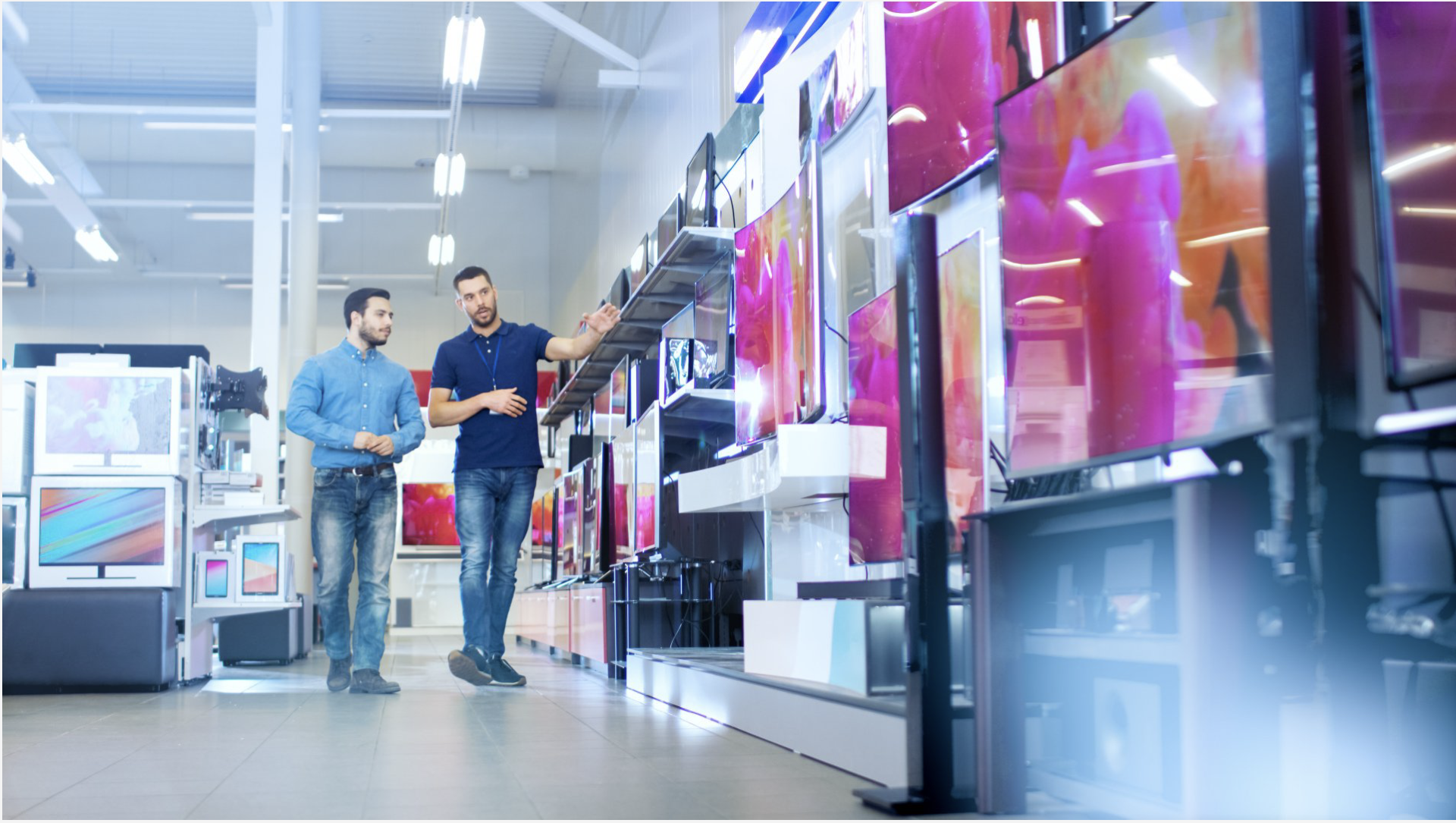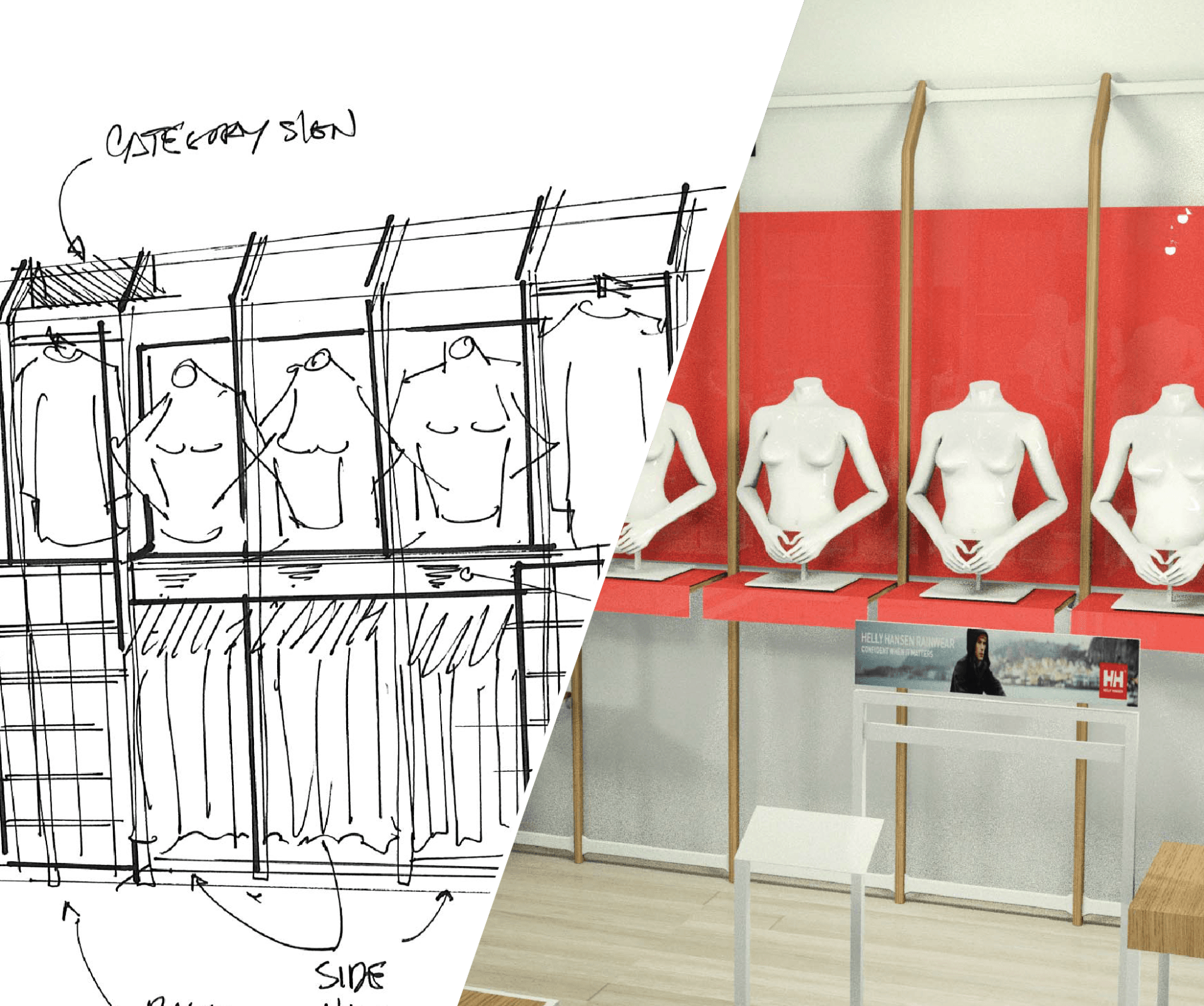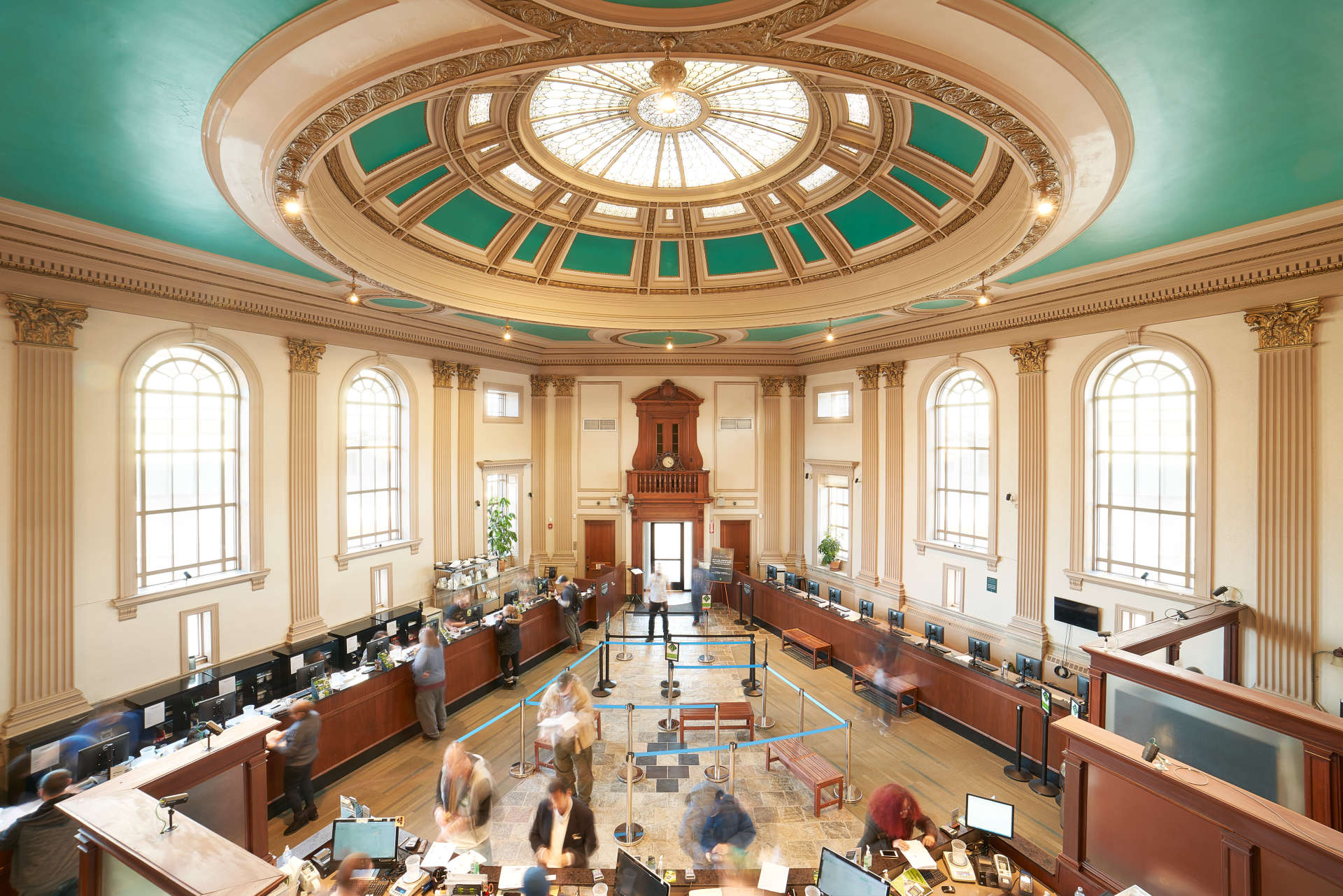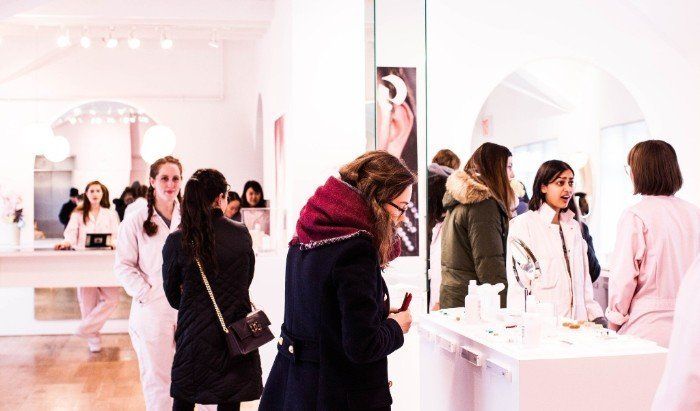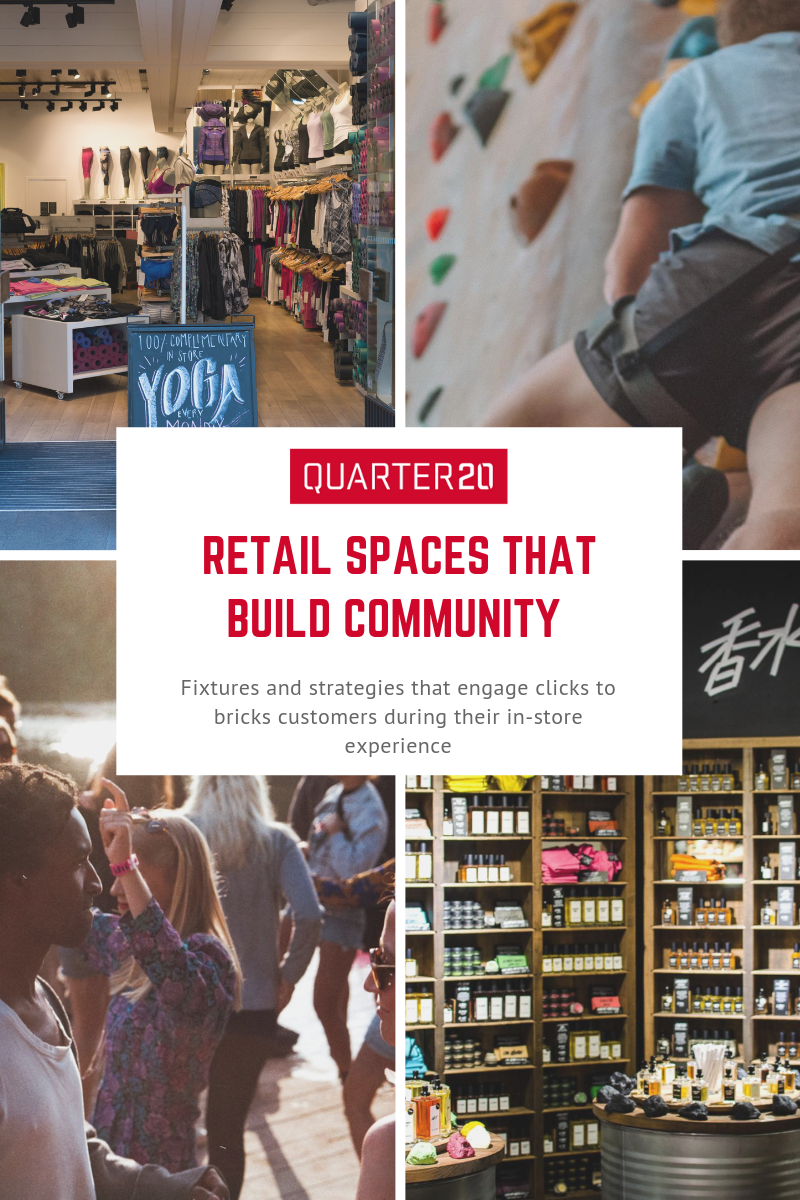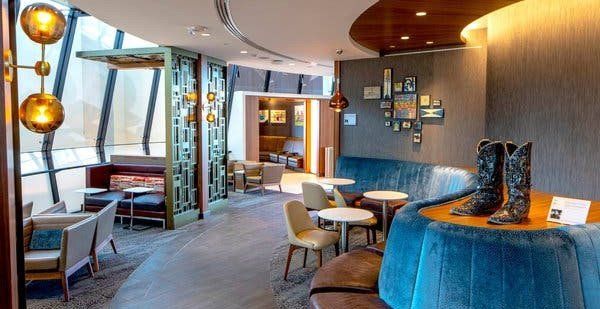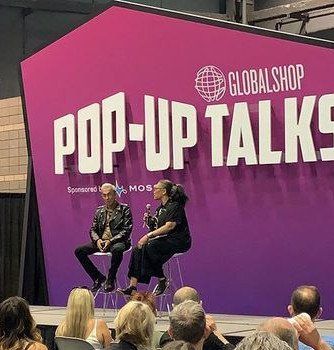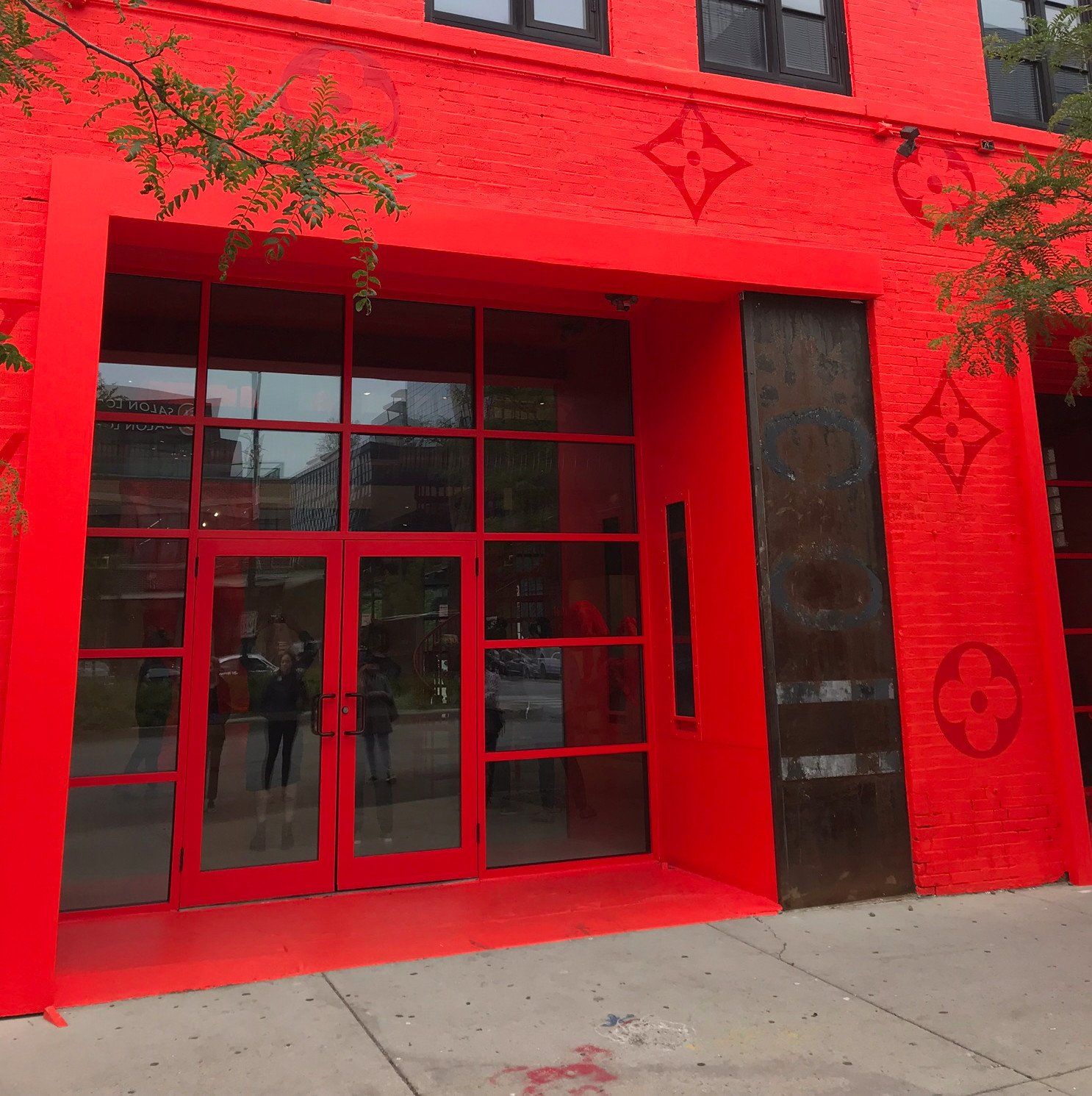3 Ways Retailers Are Incorporating Personalization
One of the hot topics in retail environments these days is personalization, with lots of creative approaches to meeting the customer’s need for more personal interactions. We can expect to see a lot more investment in personalization in 2018, as retailers look to incorporate a more personalized approach across channels.
Up to now, a lot of the focus on personalization has been online. Retailers have been using personalization in a wide variety of online and offline media, including things like web site optimization, segmentation, email marketing, merchandising, and promoted messages. Most promising for consumers in 2018 is that personalization is no longer just about the online experience – retailers are investing in personalizing retail experience in the physical store, or integrating data for a personalized experience across channels.
When we look at the brick and mortar environment, the greatest recent examples of personalization involve customized products, experiences, and interactions for customers. When personalization is done right, customers are delighted with the retail environment and the ability to get exactly what they want tailored for them.
Traditional Shopkeeper Personalization
Much of customers’ delight with personalization comes from an urge to be recognized for who they are. Some clothing stores like Lululemon and Rag & Bone are bringing back perks like free alterations. In other cases, clothing retailers are once again training staff to use changing rooms to foster better conversion. Well trained, knowledgeable staff can ask if customer liked or didn’t like a product, and perhaps recommend another.
Personalized Products
Some retailers have been offering the ability to create custom products through online channels for a while. More recently, some have incorporated in-store personalization stations to provide experiences, and at the same time allow customers a hand in creating exactly what they want. An example of this is the Converse Blank Canvas personalization workshop space, which is a feature in Converse’s Boston and New York Soho stores. There customers can work with a designer to design their own shoe, which is then created on site the same day. The online version of Blank Canvas allows similar flexibility, which extends the personalized option across channels.
Technology Enabled In Store Marketing and Assistance
New technologies can unobtrusively assist customers in the store to find the products and solutions they seek. According to Oracle, 52% of shoppers want personalized offers based on personal data from their store loyalty account.
- Rebecca Minkoff was one of the first to use interactive mirrors from Oak Labs. These mirrors enable customers to request a different size through a touchscreen on the mirror, or to save the item to their shopping list if they prefer to order later.
- Similarly, fashion retailers like Reformation are using augmented reality by positioning touch screens around the store. Customers select a product and then use touch screens to select their size, while an associate assembles their items into a fitting room curated just for them.
- Grocery store chains like Kroger are testing smart shelves that interact with a customer who has their loyalty application open on a mobile device. In this way, the grocer can alert customers that an item on their list is on a nearby shelf, or offer tailored promotions based on their purchasing habits. The possibility to use location-based technology such as beacons to push personalized offers to customers’ mobile devices extends far beyond grocery store shelves.
- According to Newstore, 19% of brands make their online and offline customer data available to sales associates on a hand held device. Guess is one store that has been arming sales associates with customer preference data to help them engage with customers. This type of information can help employees personalize their service to suggest or upsell products.
Personalization in retail has come to mean tailored communications and promotions in customer service, sales, and marketing. These interactions are designed to give the customer the feeling that you know them and remember their preferences. As more and more shoppers prefer these personalized interactions and products, successful retail stores will continue trying out new ways to meet their needs.
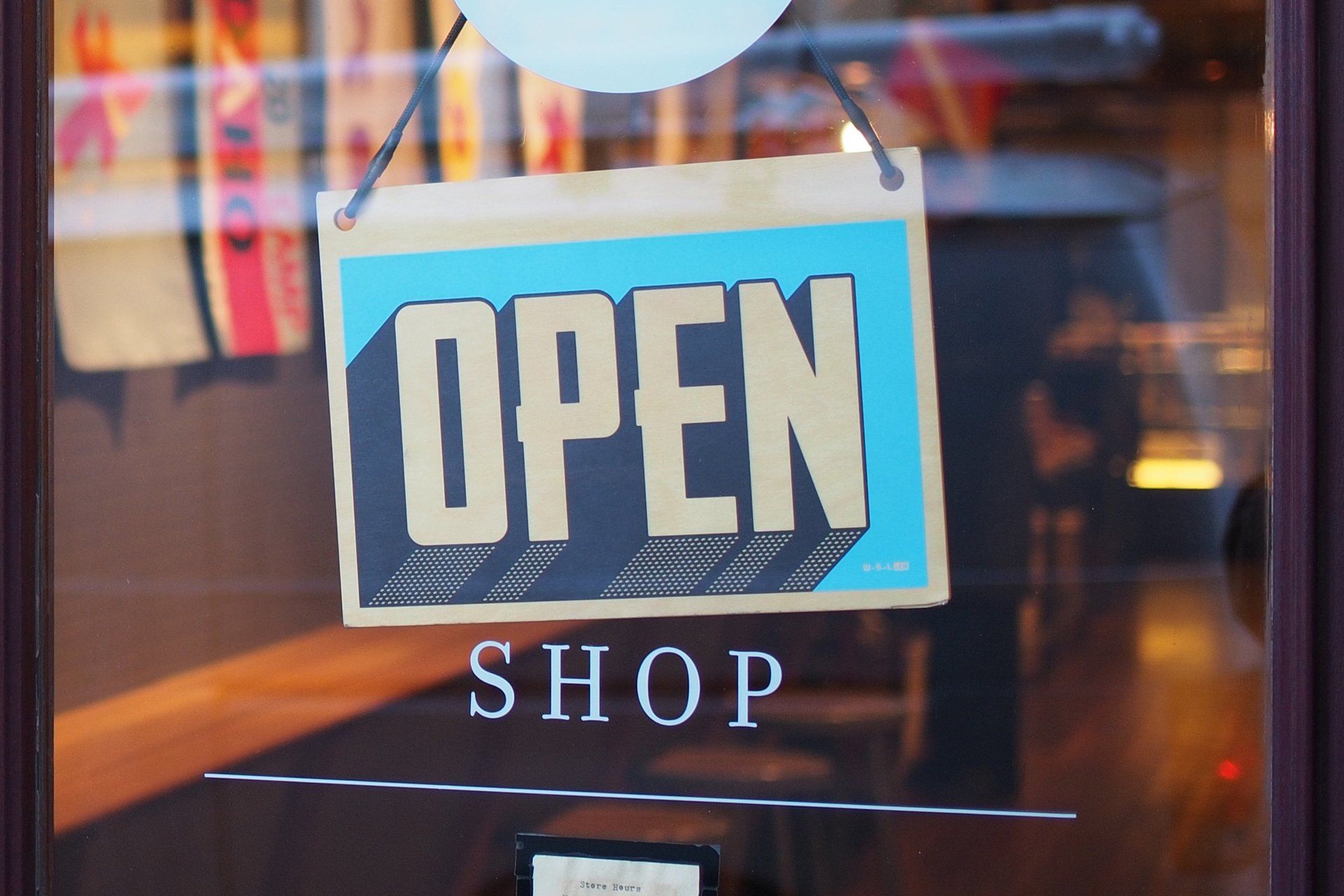
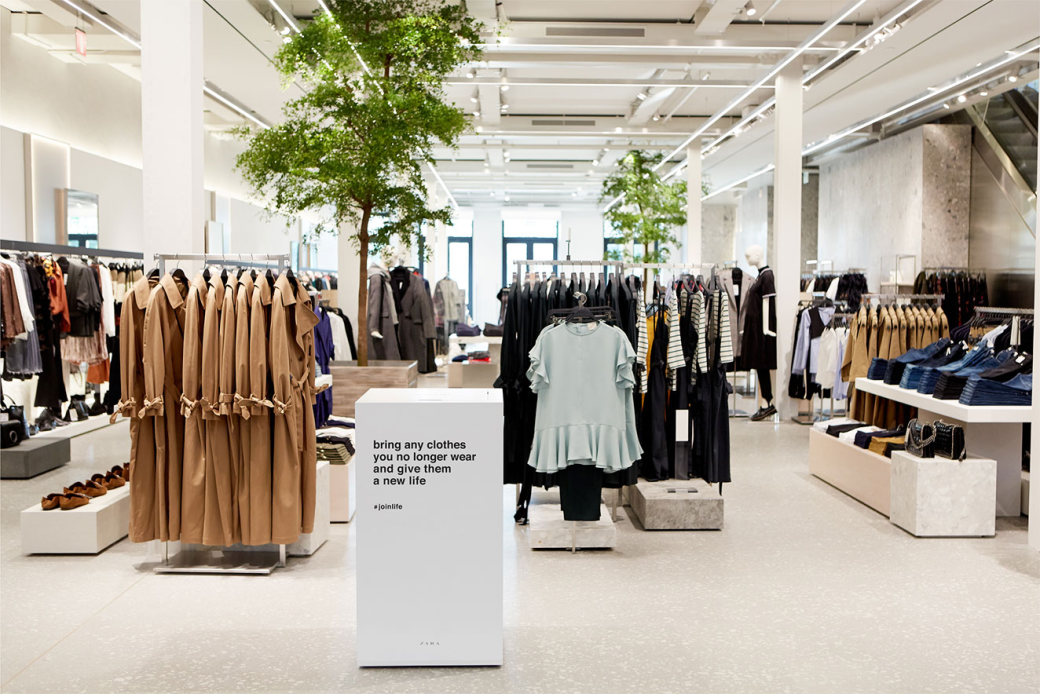
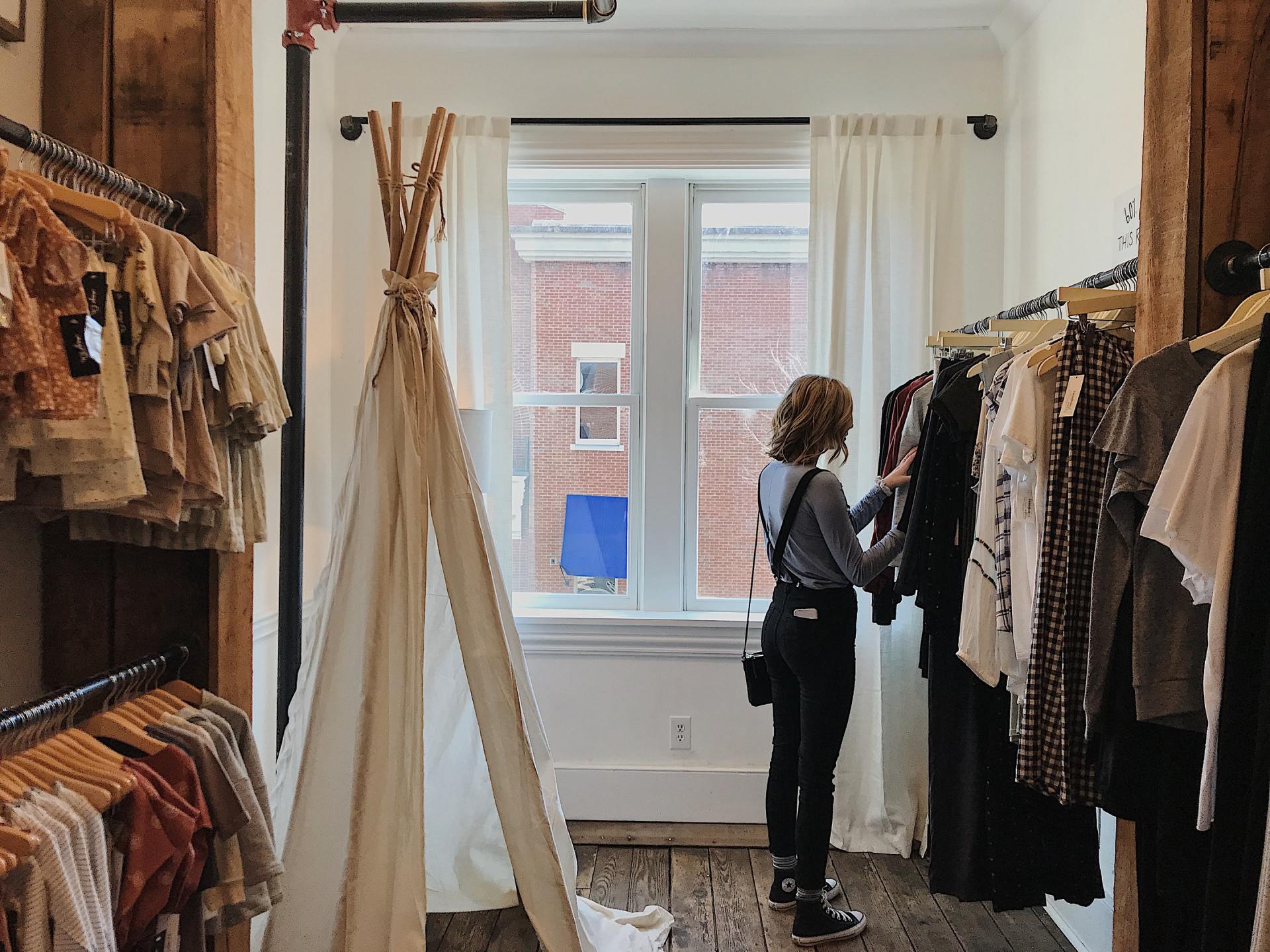
The Case For Convenience. How These Retailers Built Convenience Directly Into Their Brand Experience
